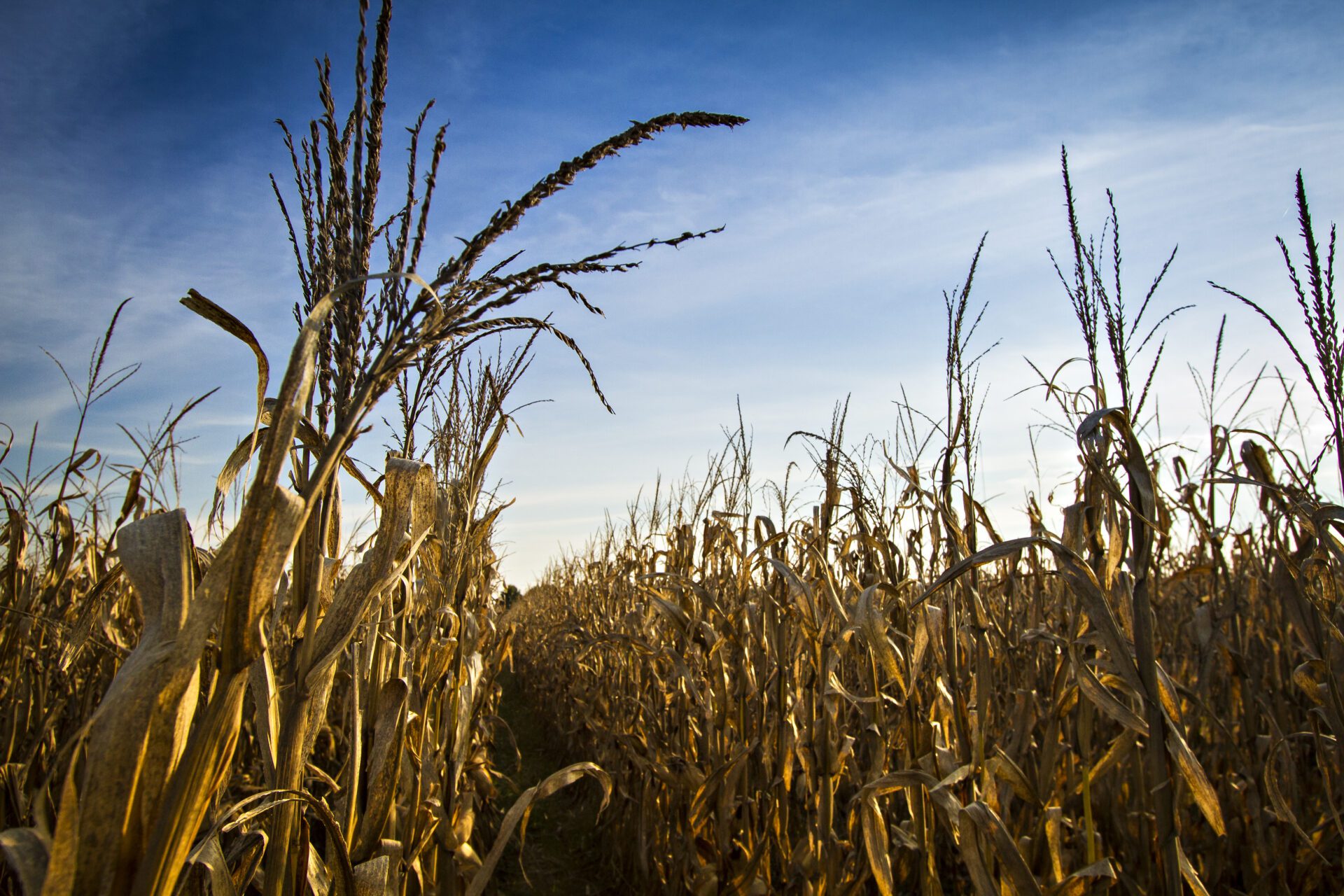
UK-CGIAR Centre invites experts in the application of AI in Crop Breeding to participate in landscape mapping exercise
The UK-CGIAR Centre has identified the use of AI as a key area where innovation can help accelerate solutions and break barriers in crop breeding. As this is a nascent sector, we are mapping the landscape of organisations already operating in this area. We are interested in hearing from you if you are a UK based organisation or an organisation with a physical presence in the UK applying AI to support trait selection for crop breeding, with a particular interest in multiplex gene editing. Within scope are applications of AI which directly contribute to breeding and gene editing optimisation. Illustrative examples include, but are not limited to:
Trait discovery
- Analysing genomic data to identify candidate genes associated with desirable traits
Predictive modelling and target prioritisation
- Using machine learning to predict phenotypic outcomes of editing specific genes or gene combinations
- Ranking gene targets based on predicted impact, off-target risks and editing feasibility
- Simulating gene edits and modelling downstream effects on biological pathways
- Integrating multi-omics data to better understand trait mechanisms, for the purposes of driving outcome-focused breeding and gene editing approaches
Genotype-to-phenotype prediction
- Predicting phenotypes from genotypes to guide the selection of editing targets
- Using AI/machine learning to model genome performance and GxE interactions with speed and accuracy
If you are using AI in another way beyond these examples to inform gene editing we are also interested in hearing about your work.
Please note: AI-driven remote sensing and drone technologies for phenotype observation are considered out of scope for this mapping. The mapping focuses on gene-level trait selection.
This exercise and further engagement with responding organisations will help us shape our future strategy to ensure our research/activities remain at the forefront of innovation to deliver high impact.
If you fit the above criteria, please complete the short introductory questionnaire by 17:00 GMT 22nd August 2025.
If you have any questions or would like to learn more about the work the UK-CGIAR Centre is doing, please contact info@uk-cgiar.org.
Photo credit: Mizzou CAFNR
